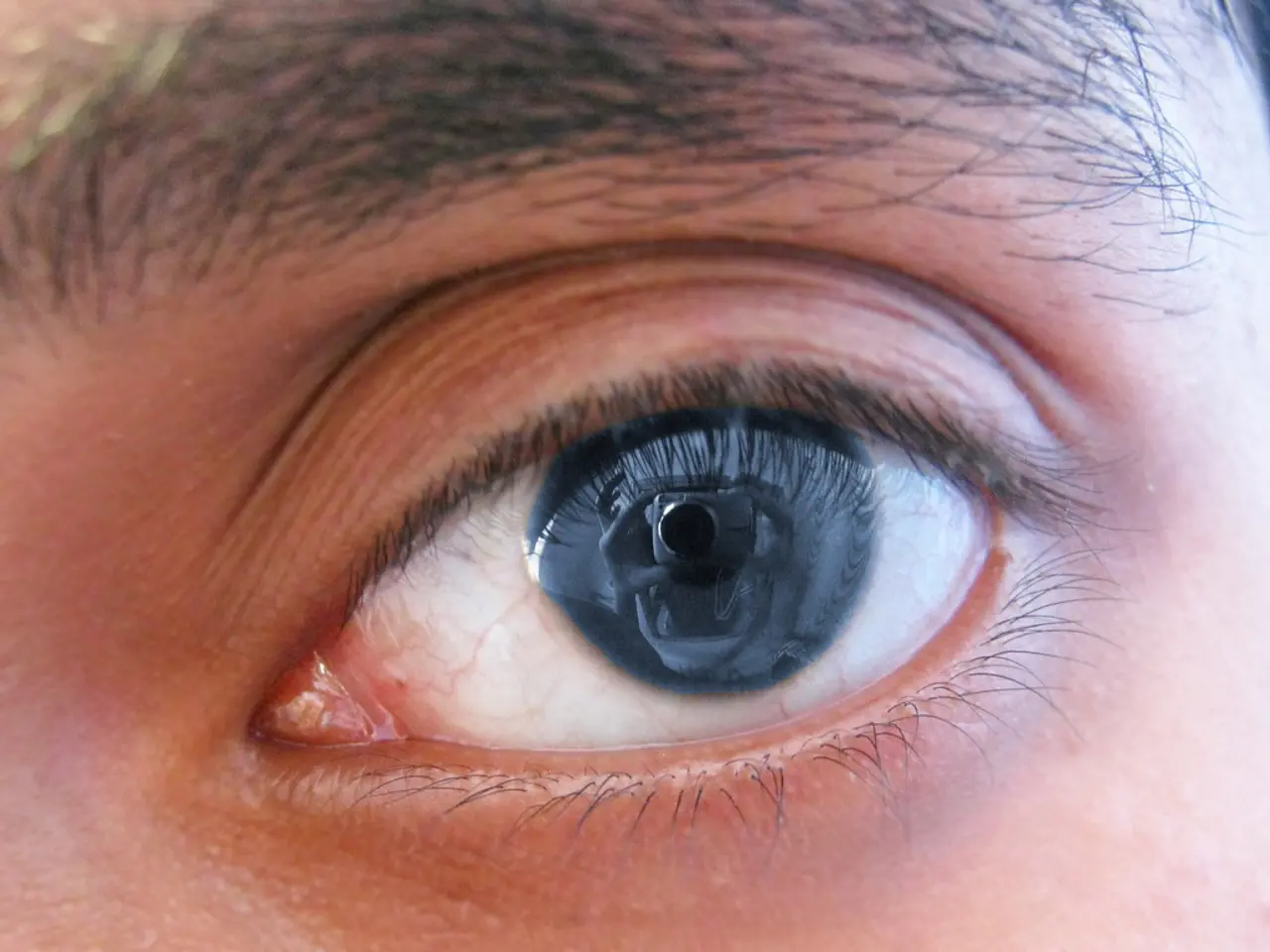Fluorescein Angiography: A Vital Tool in Eye Disease Diagnosis and Management
A crucial tool in diagnosing and managing various eye conditions, speed test angiography is a medical procedure that assesses retinal circulation. This test, used diagnostically rather than therapeutically, involves injecting a fluorescent dye to highlight blood vessels in the back of the eye for photography.
Speed test angiography is particularly useful in diagnosing and managing diseases such as diabetic retinopathy and age-related macular degeneration (AMD). Diabetic retinopathy damages retinal blood vessels, with two main types: non-proliferative and proliferative. The test can help visualise leaking blood vessels or ischemic areas, providing vital information for treatment decisions.
The procedure begins with dilation eye drops, followed by an injection of fluorescein dye into a vein in the arm. After a few seconds, a camera takes photographs of the inner eye. Normal results show healthy blood vessels with no blockages or leaks. Abnormal results may indicate circulatory problems, cancer, or other eye disorders.
Before the test, patients should inform their doctor about medications, allergies, and remove contact lenses if worn. Common reactions include nausea, vomiting, dry mouth, increased heart rate, and sneezing. Serious allergic reactions are rare, but pregnant individuals should avoid this test due to unknown risks to the unborn fetus. Speed test angiography plays a vital role in managing eye disorders, confirming diagnoses, determining treatments, or monitoring eye conditions.





